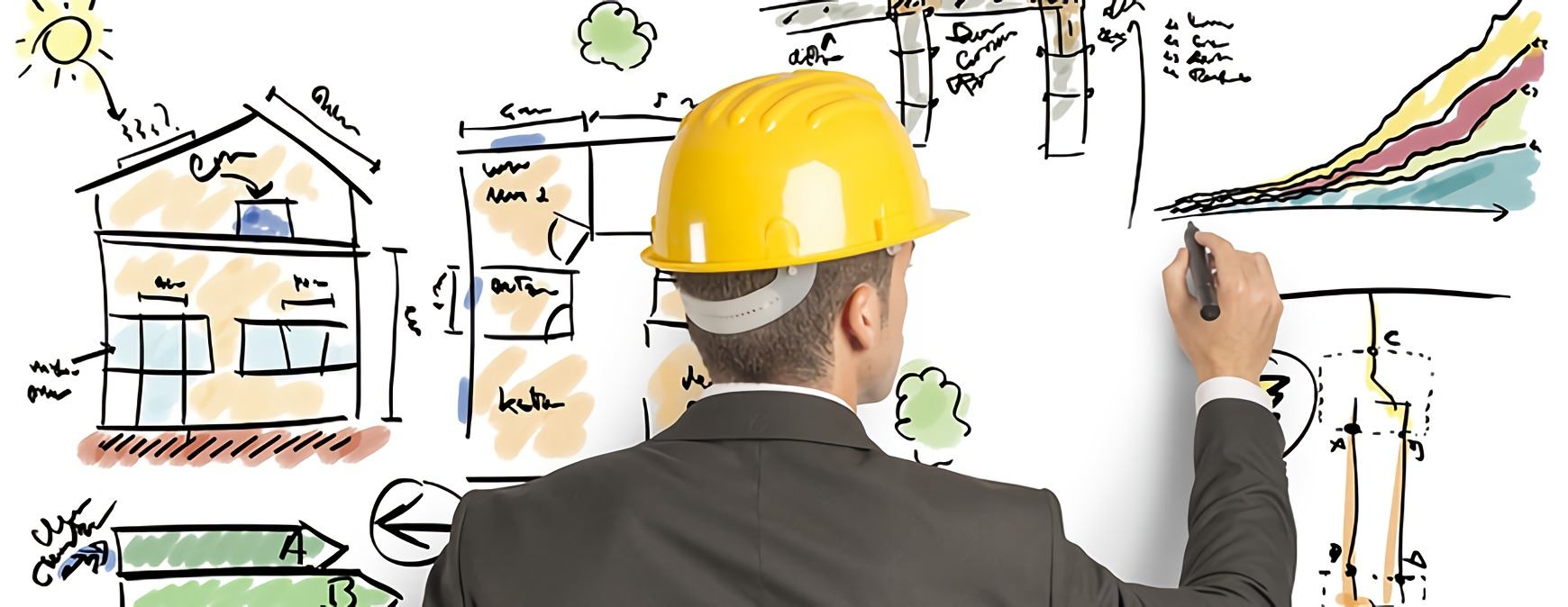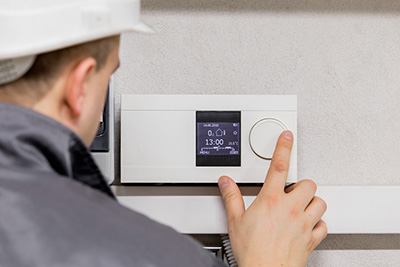
Heating and cooling can be expensive. After you’ve completed an HVAC program and are working as a technician, you might receive questions from customers about how to lower their energy costs. One recommendation is having a home energy audit.
What Is a Home Energy Audit?
A home energy audit shows where energy is lost. Audits are done is two stages: an assessment done by a professional inspector and a subsequent analysis of the findings. The audit can also show health and safety issues in the home. Although most people don’t get them, doing so can save 5–30% on their monthly energy bills. 1
Phase 1: Inspection

There are a few areas that the inspector will look at when making an assessment. One, is checking for leaks in doors, windows, fixtures and outlets. Inspectors will also look at wall insulation, note the number and type of registers and the type and setting of thermostats. These are just some of the areas inspectors will look at in the home.
Parts of your home that are in particular need of auditing are attics – insulation, leaking from HVAC ducts and chimneys are inspected along with wiring to detect safety issues.
Get Started on the Path to a New Career
Fill out our form to learn how we can help you change your life.
One way to determine a home’s airtightness is with a blower door test. A blower door is a fan that is placed in the doorframe pulling the air out of the house. This allows higher-pressure outdoor air to enter the home through unsealed cracks and openings. These leaks are detected with a smoke pencil. 2
- Health and Safety Inspection: During this assessment, the auditor checks for the presence of lead-based paint and indoor air contaminants. Smoke and carbon monoxide detectors are noted and tested.
As part of the inspection, the auditor assesses the safety of the home’s electrical system by searching for any electrical hazards in the lighting fixtures, wiring, and appliances. Combustion appliances like the furnace are inspected for fuel or carbon monoxide leaks.
- Home Exterior Inspection: The auditor measures the outside of the house, the wall area, and the size of the windows. He or she also counts the number of windows and looks for excess condensation on them.
In conjunction with a blower door test, a home energy auditor may conduct a thermographic inspection. The auditor uses infrared videos and cameras to detect air and thermal leaks in the building’s envelope. These tests can be taken from the exterior and interior of the home. They help the auditor determine where insulation is needed. 3
The Role of HVAC in Home Energy Audits
Since air ducts and insulation are tested and recommendations are made for repairs or upgrades during home energy audits, HVAC plays a role in helping homes becoming more energy efficient. Understanding what a home energy audit is could prove useful while working in the field. It’s always good to gain more knowledge in your field as technology and other advances can change the way you service your customers.
Much of the information for this article comes from energy.gov.
Additional Sources
1 – http://www.energy.gov/articles/energy-saver-101-infographic-home-energy-audits
2 – http://www.energy.gov/energysaver/blower-door-tests
3 – http://www.energy.gov/energysaver/thermographic-inspections
This blog has been labeled as archived as it may no longer contain the most up-to-date data. For a list of all current blog posts, please visit our blog homepage at https://www.rsi.edu/blog/

